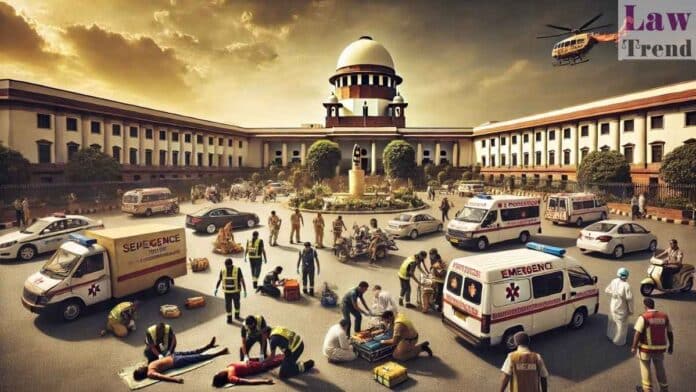In a significant judgment that reinforces the sanctity of human life, the Supreme Court of India directed the Central Government to urgently implement a scheme for cashless medical treatment of motor accident victims during the critical “golden hour.” The two-judge bench, comprising Justice Abhay S. Oka and Justice Augustine George Masih, delivered this order while
To Read More Please Subscribe to VIP Membership for Unlimited Access to All the Articles, Download Available Copies of Judgments/Order, Acess to Central/State Bare Acts, Advertisement Free Content, Access to More than 4000 Legal Drafts( Readymade Editable Formats of Suits, Petitions, Writs, Legal Notices, Divorce Petitions, 138 Notices, Bail Applications etc.) in Hindi and English.




